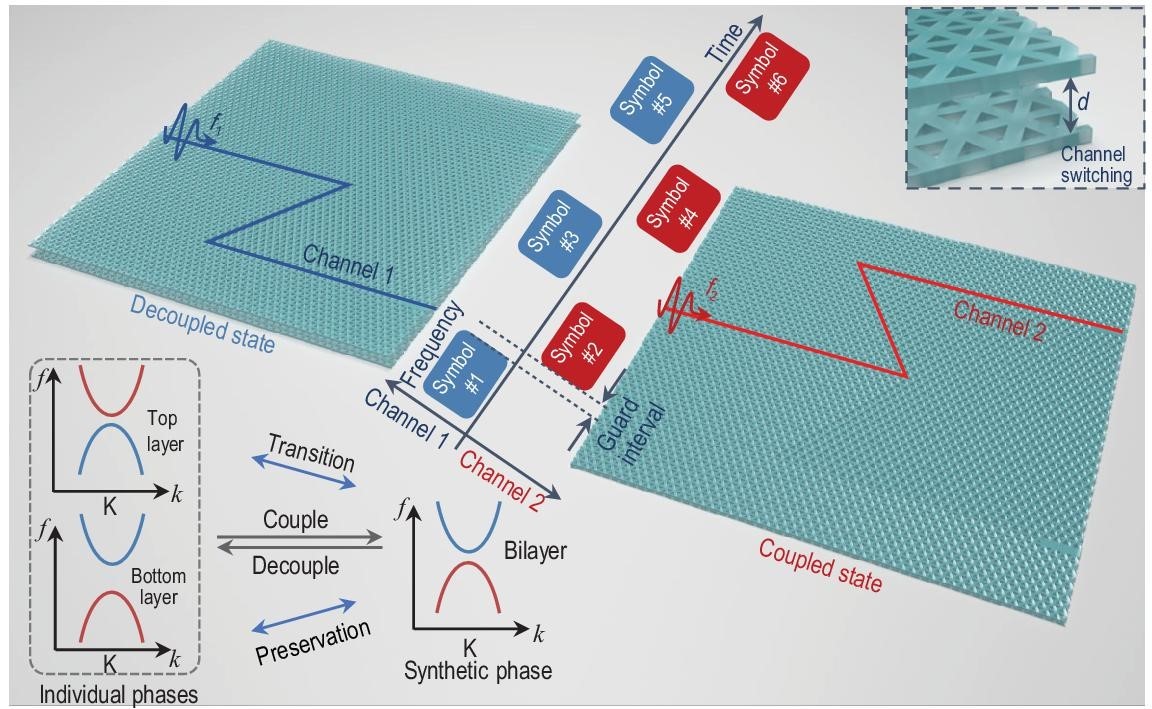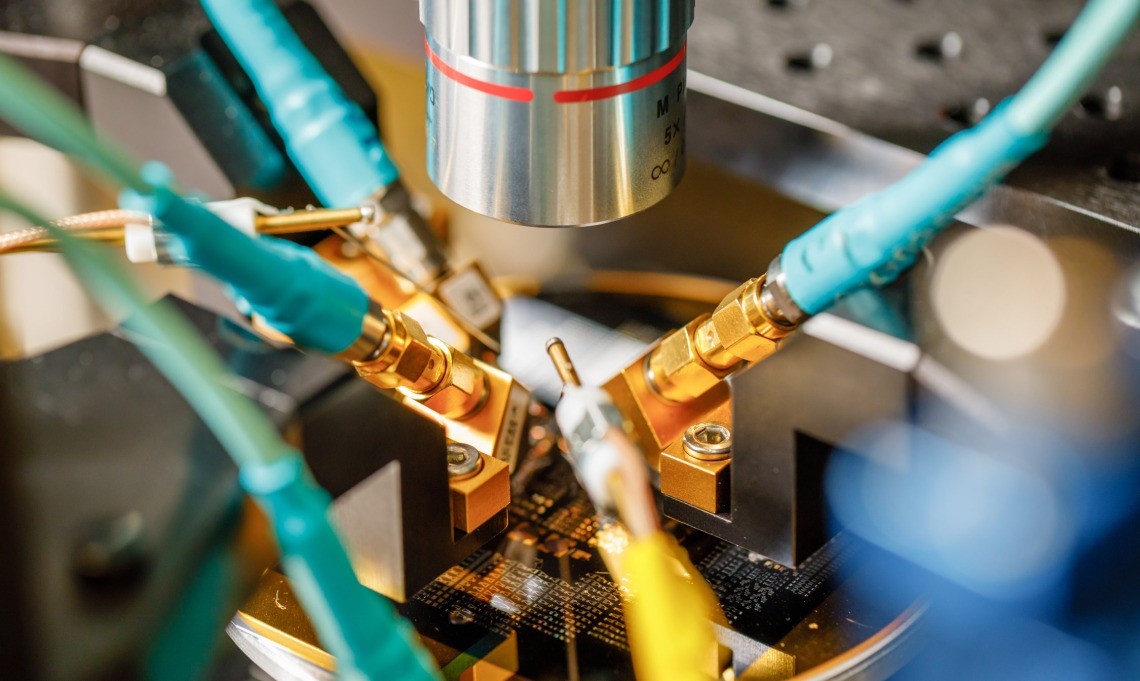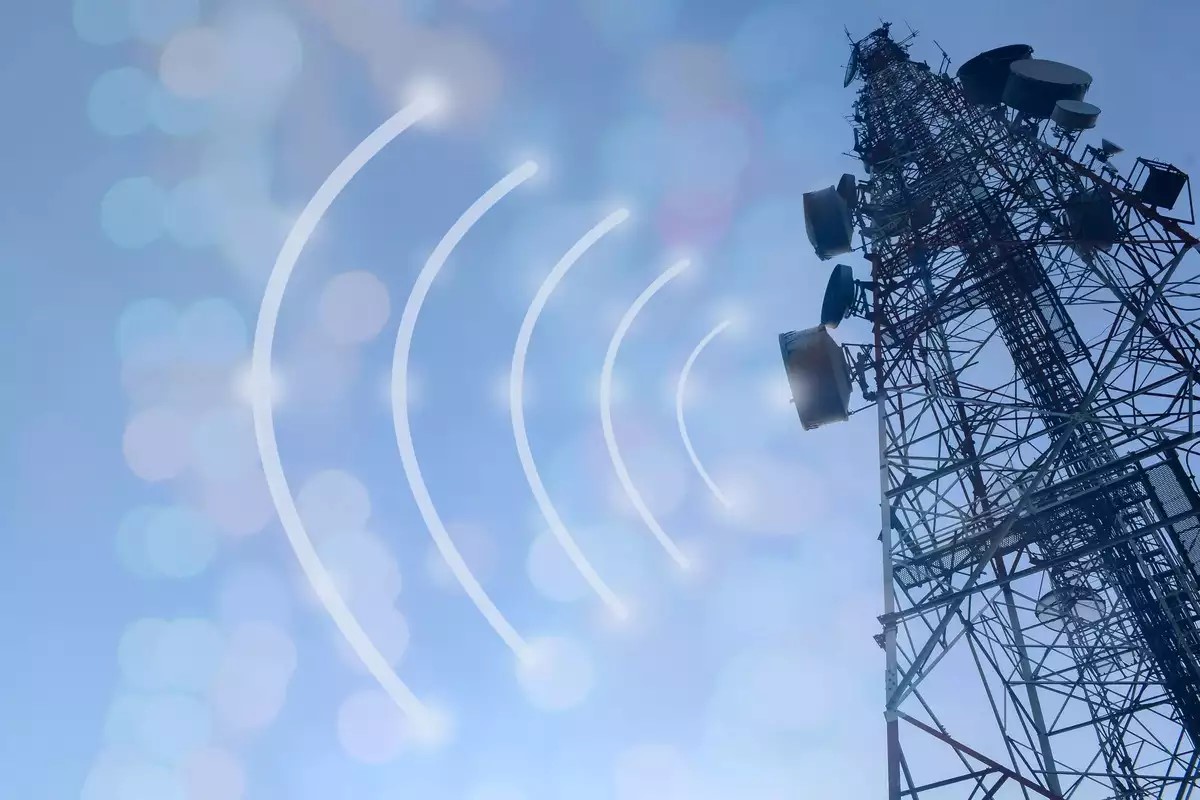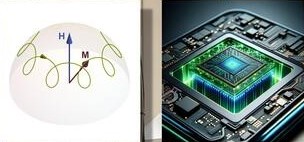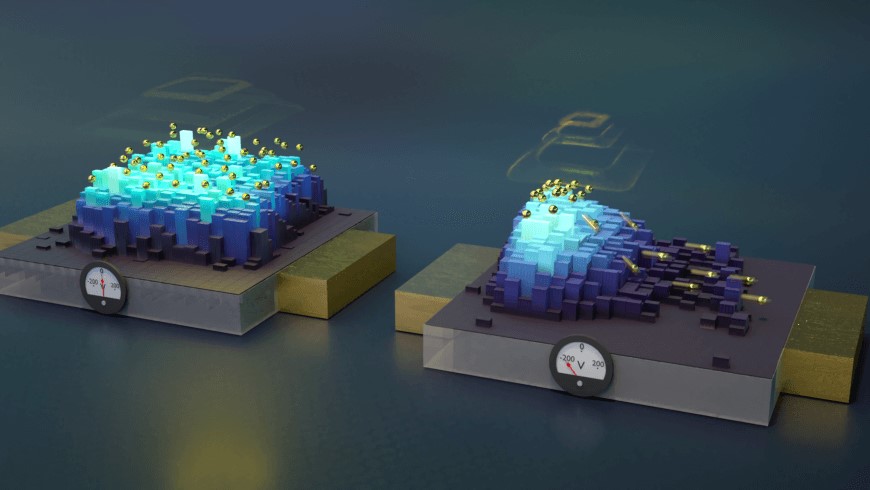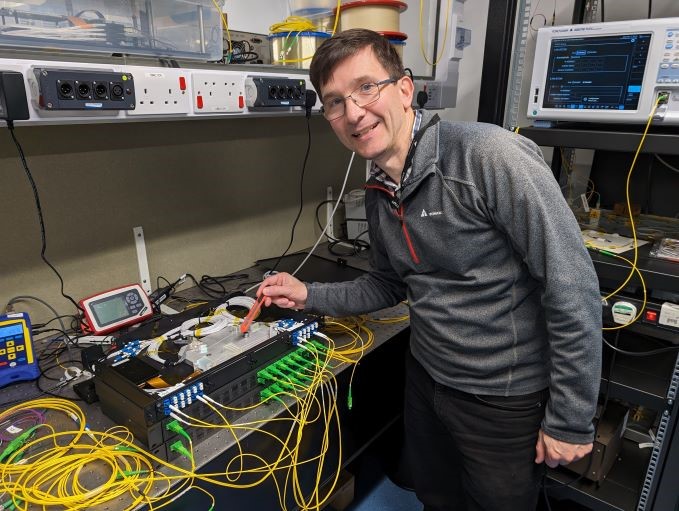Small, Wireless Antennas Utilize Light to Track Cellular Communication
Monitoring electrical signals in biological systems is crucial for understanding cellular communication, which can aid in diagnosing and treating conditions like arrhythmia and Alzheimer's disease.

Figure 1. Tiny Wireless Antennas Use Light to Monitor Cellular Communication.
Traditionally, devices that record electrical signals in cell cultures and liquid environments use wires to connect each electrode to its respective amplifier. However, the number of wires that can be connected is limited, which restricts the number of recordings sites and reduces the amount of information that can be gathered from cells. Figure 1 shows Tiny Wireless Antennas Use Light to Monitor Cellular Communication.
Researchers at MIT have developed a new biosensing technique that eliminates the need for wires. Instead, tiny, wireless antennas use light to detect minute electrical signals. The antennas are sensitive to small electrical changes in the surrounding liquid, which alter how the antennas scatter light. This technology allows for the measurement of electrical signals exchanged between cells with high spatial resolution, using an array of tiny antennas, each one-hundredth the width of a human hair.
The devices are durable enough to record signals for over 10 hours, providing valuable insights into how cells communicate in response to environmental changes. Over time, this technology could improve diagnosis, spur the development of targeted treatments, and allow for more precise evaluation of new therapies.
“Recording the electrical activity of cells with high throughput and high resolution has been a persistent challenge,” says Benoît Desbiolles, a former postdoc in the MIT Media Lab and lead author of the paper on the devices. He is joined by other authors including Jad Hanna, Raphael Ausilio, Marta J. I. Airaghi Leccardi, Yang Yu, and senior author Deblina Sarkar, the AT&T Career Development Assistant Professor in the Media Lab and MIT Center for Neurobiological Engineering.
The team’s biosensing technique, known as organic electro-scattering antennas (OCEANs), enables the recording of electrical signals wirelessly with micrometer spatial resolution from thousands of sites simultaneously. This opens up unprecedented opportunities for advancing our understanding of fundamental biology and disease states, as well as for screening the effects of therapeutics.
Sarkar emphasizes, “Bioelectricity is fundamental to cell function and life processes, but recording these signals with precision has been challenging. Our OCEANs enable wireless recording with high resolution and large-scale coverage, offering new possibilities for understanding biology and developing novel treatments.”
The researchers designed the device to be simple and user-friendly, using an optical microscope, which is readily available in biology labs, to detect the light scattered by the antennas. Initially, the team experimented with a polymer called PEDOT: PSS and incorporated gold nanoparticles to scatter light. However, they discovered that the electrical signals were coming from the polymer itself, not the gold, leading to the development of the OCEANs.
PEDOT: PSS, the key material in the OCEANs, responds to electrical activity in its environment by attracting or repelling positive ions, which alters its chemical and electronic properties. This change in properties affects the refractive index of the material, causing it to scatter light. By shining light onto the antenna, the intensity of the scattered light changes in proportion to the electrical activity in the surrounding liquid, providing a way to monitor cellular communication without the need for wires or amplifiers.
The researchers have created an array of thousands or even millions of tiny antennas, each just 1 micrometer wide, that can capture scattered light using an optical microscope. This allows them to measure electrical signals from cells with exceptional resolution. Since each antenna operates as an independent sensor, there is no need to combine data from multiple antennas to monitor electrical activity, making it possible for OCEANs to detect signals with micrometer resolution.
Designed for in vitro studies, these OCEAN arrays are meant to have cells cultured directly on top of them and analyzed using an optical microscope.
Fabricating "growing" antennas on a chip
The precision of the device fabrication process, carried out at MIT.nano, is a critical feature. The researchers begin with a glass substrate and deposit layers of conductive and insulating materials, each transparent to light. Using a focused ion beam, they etch hundreds of nanoscale holes into the top layers of the device. This focused ion beam enables highly efficient nanofabrication with fine resolution.
Desbiolles explains, "This instrument is essentially like a pen that can etch with 10-nanometer resolution."
To form the antennas, the chip is submerged in a solution containing the precursor material for the polymer. By applying an electric current, the precursor material is drawn into the tiny holes, where mushroom-shaped antennas grow from the bottom up. This process is fast, and the team can use it to create chips with millions of antennas.
“This technique is easily scalable, with the main limitation being how many antennas we can image simultaneously,” Desbiolles notes.
The researchers carefully optimized the antenna dimensions and parameters to achieve the sensitivity required to detect signals as small as 2.5 millivolts in experimental simulations. For reference, electrical signals for neuron communication typically range around 100 millivolts.
“The time we spent understanding the theoretical model behind this process allowed us to maximize the sensitivity of the antennas,” Desbiolles adds.
Additionally, the OCEANs respond to changing signals in just a few milliseconds, allowing them to capture electrical signals with fast kinetics. The next step is to test the devices with actual cell cultures. The researchers also plan to modify the antennas so they can penetrate cell membranes for even more precise signal detection.
Looking forward, the team intends to explore how OCEANs could be incorporated into nanophotonic devices—next-generation sensors and optical devices that manipulate light at the nanoscale.
This research is funded by the U.S. National Institutes of Health and the Swiss National Science Foundation, with specific support from the National Heart, Lung, and Blood Institute (NHLBI) of the NIH. However, the findings do not necessarily reflect the official views of the NIH.
Source: MIT News
Cite this article:
Priyadharshini S (2024), Small, Wireless Antennas Utilize Light to Track Cellular Communication, AnaTechMaz, pp. 135


